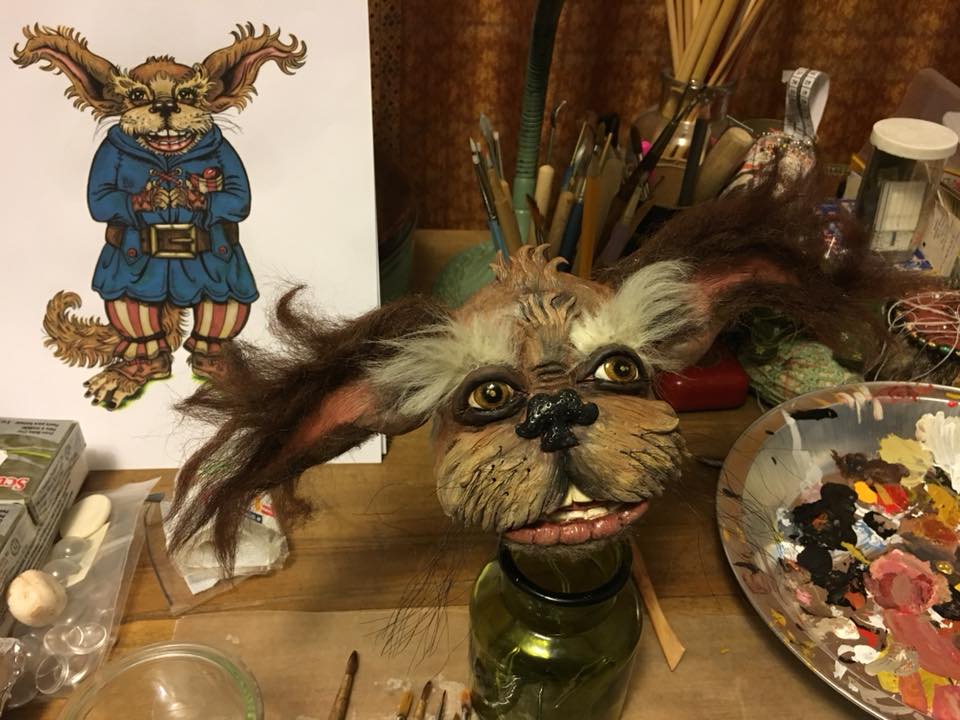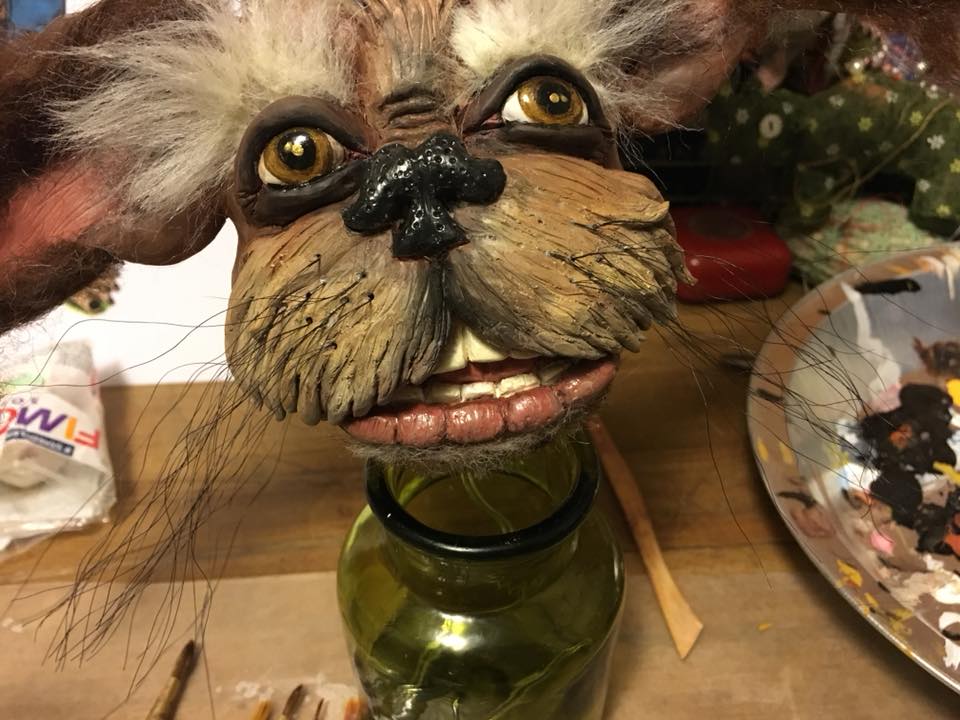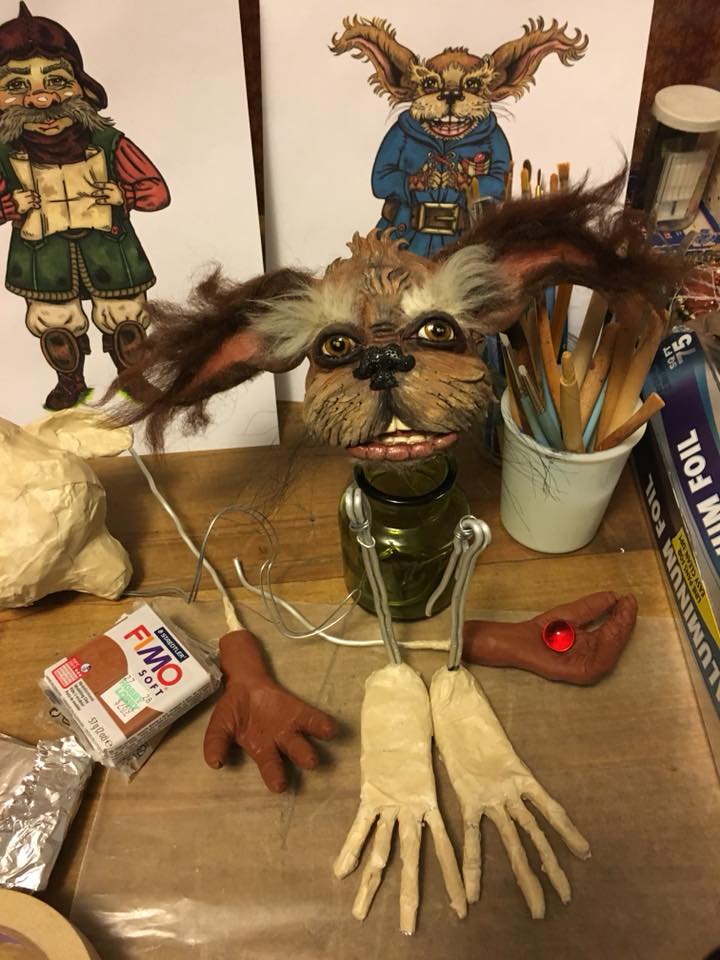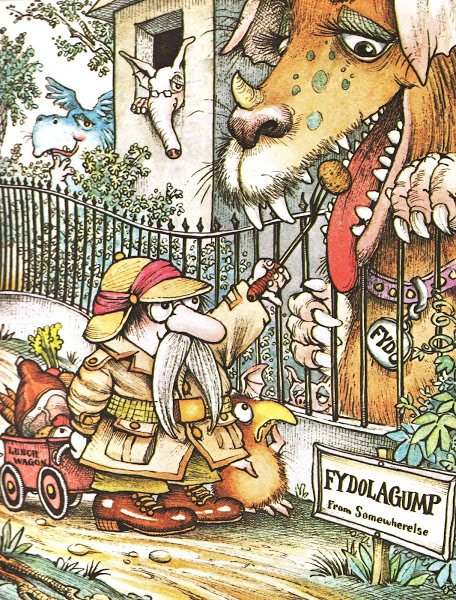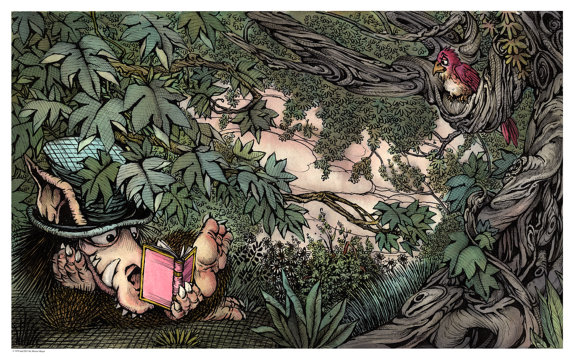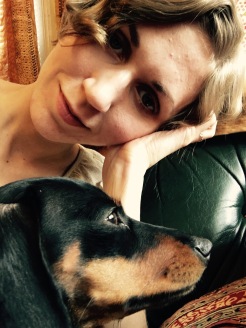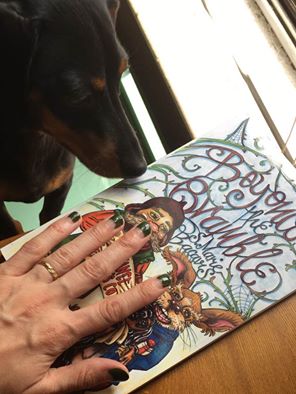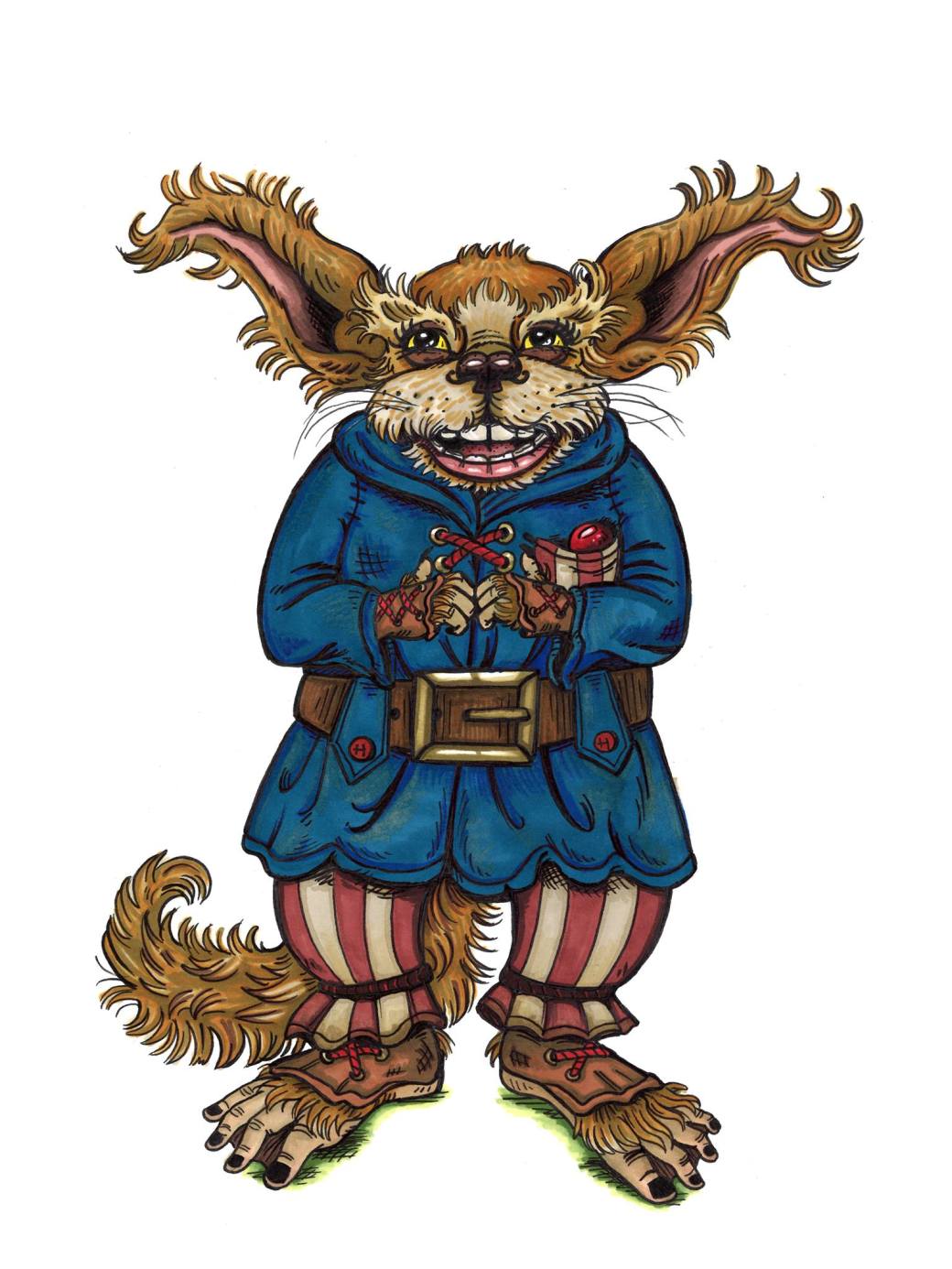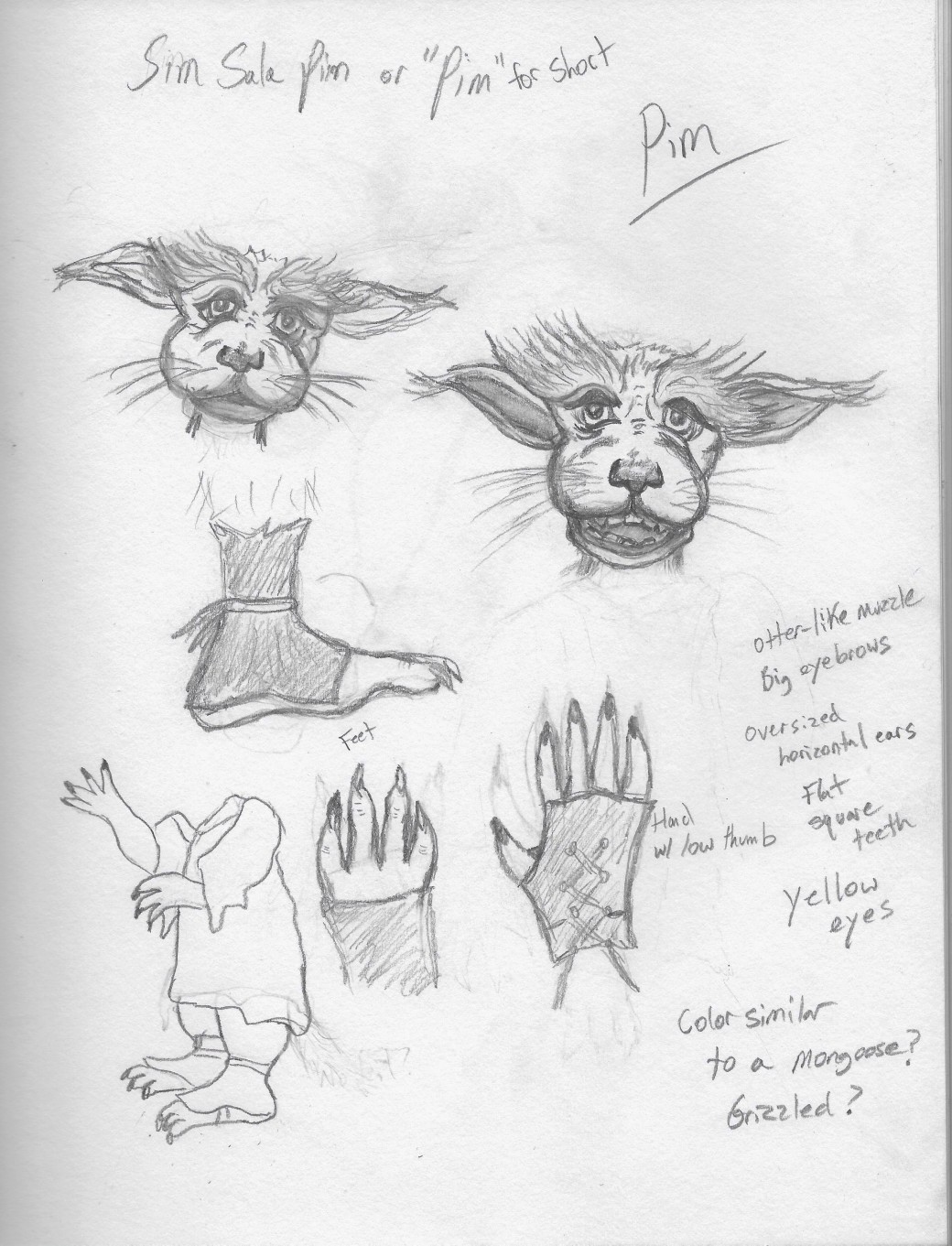This post is less about one single author or book than about a whole group: THE group, which includes those authors who set the standards for writing a good children’s fantasy story. When I daydream about the books that I’d love to see my own books shelved alongside, I end up thinking about a lot of children’s novels that were written prior to the 1920s. Authors like L. Frank Baum, Edith Nesbit, Lewis Carroll, and George MacDonald wrote wonderful children’s stories filled with places and characters that have influenced every generation of children’s authors since.
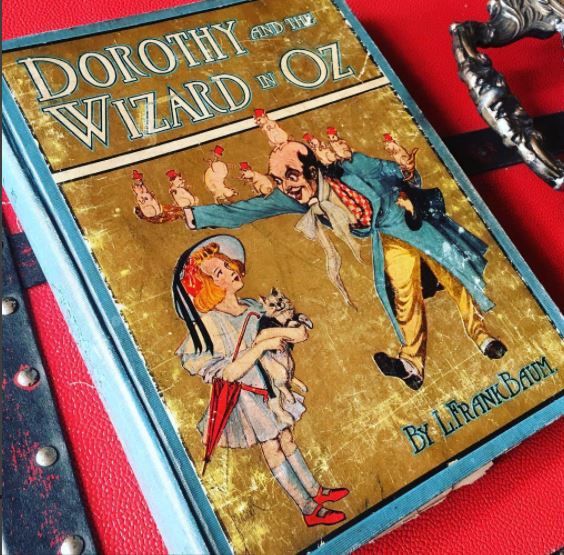
I’ve noticed that there is a certain tone and voice that a lot of Victorian and Edwardian children’s writers use. I read somewhere in an article about E. Nesbit that the attitude towards children changed during their era from writing about children as they “should be” (as in the trite morality stories of the 1800s) to writing about children “as they really were.” I think this captures the tone I was picking up on; these authors are talking to their young readers, not talking at them.
“So I will only tell you the really astonishing things that happened, and you may leave the book about quite safely, for no aunts and uncles either are likely to write ‘How true!’ on the edge of the story. Grown-up people find it very difficult to believe really wonderful things, unless they have what they call proof. But children will believe almost anything, and grown-ups know this. “- E. Nesbit, Five Children and It
Not only do these books present magical worlds that exist only for their children readers (adults could rarely see any of the fantastical beasts or appreciate the magic), but the authors seem to insist that there is a chasm between adults and children, and as long as the reader remained a child the fantastic was theirs to embrace. This brings a special magic to these stories, and it’s an element that I’ve tried to harness in my own writing. I wanted to create characters that children could claim as their own and relate to, in ways that were communicated on their level. This doesn’t mean dumbed-down, but sharp-witted and speaking with creative abandon. Nothing is too outlandish for them to say; and they’re often very intelligent, even despite being childlike.

One of my favorite pieces of dialogue comes from E. Nesbit’s Five Children and It, a wonderful story about five siblings who uncover a Psammead, or sand fairy, as they are digging on the beach. The sand fairy is very ancient and cranky but he has the ability to grant daily wishes, and after a little pestering the children persuade him to grant their desires. The wishes only last until the evening, and if they wish for any sort of object, it will either vanish or turn to stone at the end of the day. Their wishes range from having their baby brother grow up into a man, to wanting an army to siege their own personal castle, to some pretty hilarious, accidental wishes.
My favorite passage is their initial introduction to the Psammead;
The children stood round the hole in a ring, looking at the creature they had found. It was worth looking at. Its eyes were on long horns like a snail’s eyes, and it could move them in and out like telescopes; it had ears like a bat’s ears, and its tubby body was shaped like a spider’s and covered with thick soft fur; its legs and arms were furry too, and it had hands and feet like a monkey’s.
‘What on earth is it?’ Jane said. ‘Shall we take it home?’
The thing turned its long eyes to look at her, and said: ‘Does she always talk nonsense, or is it only the rubbish on her head that makes her silly?’
It looked scornfully at Jane’s hat as it spoke.
‘She doesn’t mean to be silly,’ Anthea said gently; we none of us do, whatever you may think! Don’t be frightened; we don’t want to hurt you, you know.’
‘Hurt ME!’ it said. ‘ME frightened? Upon my word! Why, you talk as if I were nobody in particular.’ All its fur stood out like a cat’s when it is going to fight.
‘Well,’ said Anthea, still kindly, ‘perhaps if we knew who you are in particular we could think of something to say that wouldn’t make you cross. Everything we’ve said so far seems to have. Who are you? And don’t get angry! Because really we don’t know.’
‘You don’t know?’ it said. ‘Well, I knew the world had changed – but – well, really – do you mean to tell me seriously you don’t know a Psammead when you see one?’
‘A Sammyadd? That’s Greek to me.’
‘So it is to everyone,’ said the creature sharply. ‘Well, in plain English, then, a SAND-FAIRY. Don’t you know a Sand-fairy when you see one?’
It looked so grieved and hurt that Jane hastened to say, ‘Of course I see you are, now. It’s quite plain now one comes to look at you.’
‘You came to look at me, several sentences ago,’ it said crossly, beginning to curl up again in the sand.
‘Oh – don’t go away again! Do talk some more,’ Robert cried. ‘I didn’t know you were a Sand-fairy, but I knew directly I saw you that you were much the wonderfullest thing I’d ever seen.’
The Sand-fairy seemed a shade less disagreeable after this.
I have a soft spot for grouchy characters, so the Psammead charmed me immediately. In the story, the Psammead is the more “adult” character in how he interacts with the children; he always acts as though he doesn’t have time for them or is being pestered, but he also has a bit of a softer side that makes him endearing. He has a sense of self-importance, seeing himself as someone with experience – of course, the Psammead is never surprised by the negative outcomes of the children’s wishes, and he allows them to deal with the consequences and sometimes learn from them.
Other fantasy books that I’d recommend from this same era – aside from the more popular Alice in Wonderland/Through the Looking-Glass and the Oz series – include The Water-Babies and The Princess and the Goblin.
